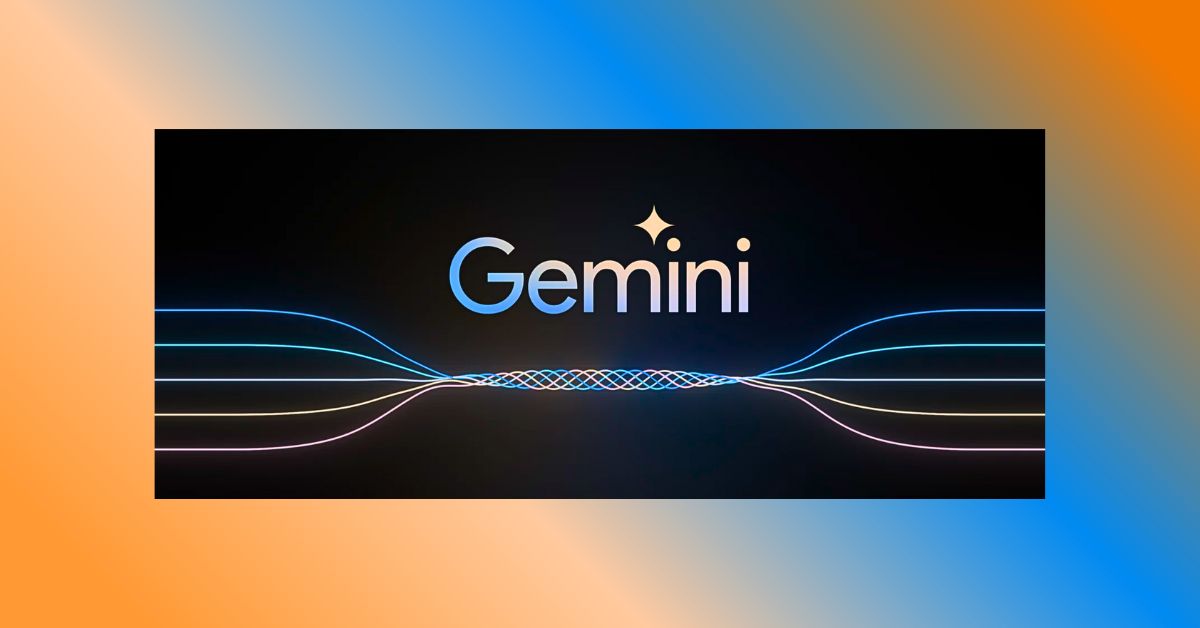Google DeepMind, the renowned AI research arm of Google, has unveiled Gemini, a groundbreaking multimodal AI model designed to revolutionize the landscape of artificial intelligence applications. This cutting-edge technology promises to set new standards in performance, flexibility, and safety, opening doors to a future where AI plays an even more profound role in our lives.
Gemini marks a significant leap forward in AI development. This state-of-the-art model seamlessly understands and processes diverse information formats, including text, code, audio, images, and video. Demis Hassabis, CEO and co-founder of Google DeepMind, aptly described it as “the most capable and general model we’ve ever built.”
“The transition we are witnessing with AI will be the most profound in our lifetimes, far surpassing previous technological shifts. Gemini has the power to create unprecedented opportunities for people worldwide, fostering innovation and economic progress on an unprecedented scale,” according to Sundar Pichai, Google CEO who spearheaded the unveiling and expressed his enthusiasm for the transformative potential of Gemini.
The benefits of Gemini will reach a global audience as Google integrates it into various products, starting with Bard and Pixel. In the coming months, users can expect to see Gemini power Search, Ads, Chrome, and Duet AI, among others. Developers can also start working with Gemini through Google AI Studio and Google Cloud Vertex AI.
Gemini 1.0 comes in three optimized sizes: Ultra, Pro, and Nano. Each variant boasts sophisticated reasoning capabilities, allowing it to extract valuable insights from vast data sets, driving advancements across diverse fields like science and finance.
It is worth noting that Gemini outperforms human experts on the Massive Multitask Language Understanding (MMLU) benchmark. This remarkable achievement showcases its unrivaled reasoning ability across various subjects. Additionally, its native multimodality allows it to seamlessly understand and process diverse inputs.
This AI model excels in tasks related to coding, demonstrating its ability to comprehend, explain, and generate high-quality code in popular programming languages. Its prowess extends to competitive programming, where it surpasses its predecessor, AlphaCode, by solving nearly twice as many problems.
Google recognizes the critical conversations surrounding AI development and emphasizes its commitment to responsible AI principles with Gemini. The model undergoes comprehensive safety evaluations, including assessments for bias and toxicity, to ensure ethical and unbiased operation. Extensive stress testing helps mitigate potential risks in areas like cyber-offense and manipulation. Google actively collaborates with the wider tech industry to establish best practices and set high safety benchmarks.
As Google DeepMind continues to innovate, Gemini marks the dawn of a new era for AI. Future iterations of the technology promise even more advanced capabilities, holding immense potential to empower creative endeavors, expand knowledge frontiers, and transform the way we live and work. The Gemini era signifies a turning point in AI development, paving the way for a future where artificial intelligence enhances and enriches the human experience.


